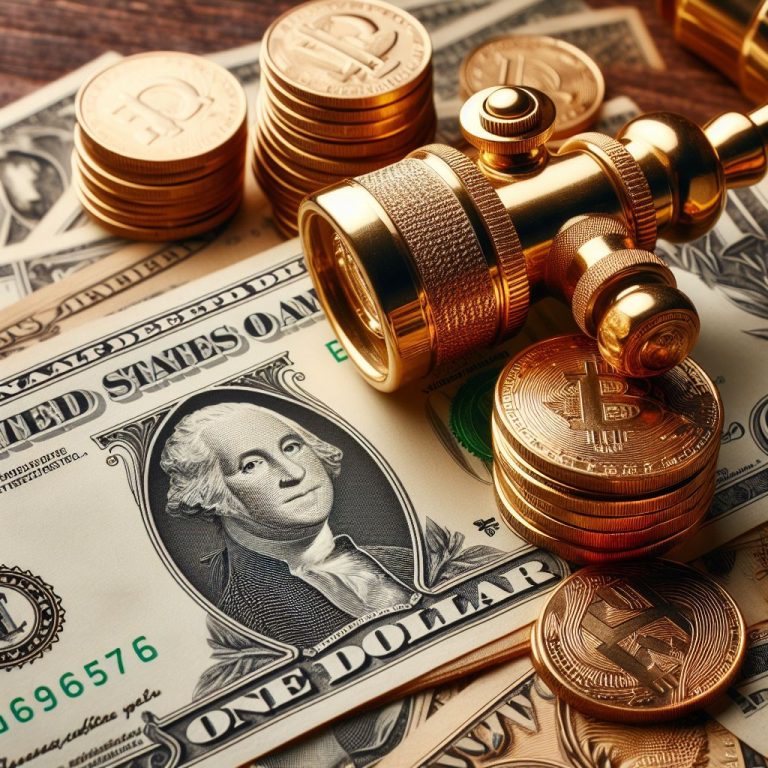The current exchange rate in Nigeria’s official market stands at N1,560.57 for one US dollar, indicating a strengthening naira attributed to recent foreign exchange reforms.
Analysis of Tuesday’s FX trading activity revealed a notable 0.79 percent appreciation of the naira, with the dollar quoted at N1,560.57, surpassing the previous day’s rate of N1,572.86 at the Nigerian Autonomous Foreign Exchange Market (NAFEM).
Data compiled from the FMDQ Securities exchange shows that the naira has appreciated by 4.28 percent against the dollar since hitting its lowest point of N1,627.40 per dollar on March 8, 2024.
On Tuesday, the intraday high and low closed at N1,626.50 and N1,415/$1 respectively, with a daily foreign exchange market turnover recorded at $195.13 million.
Meanwhile, the parallel market, commonly known as the black market, witnessed further strengthening of the naira to 1,570 per dollar, compared to the previous day’s close of 1,590.
Analysts are optimistic about the prospects of further naira stabilization this week, buoyed by recent policy interventions by the Central Bank of Nigeria (CBN). These measures include the unification of the foreign exchange market and significant reforms in the Bureau De Change segment.
In his statement, CBN Governor Oluyemi Cardoso highlighted the potential of these reforms to attract capital inflows, enhance liquidity, and bolster the currency in the short term.
The pressure on the naira/dollar exchange rate is gradually easing, supported by Nigeria’s growing external reserves, which increased by 3.62 percent to $34.37 billion as of March 12, 2024.
Additionally, there has been a remarkable upswing in Diaspora remittances, soaring by 433 percent to reach $1.3 billion in February, compared to $300 million in January.
The recent decisions of the Monetary Policy Committee (MPC) reflect a concerted effort to address inflation and stabilize the exchange rate. These adjustments include raising the Monetary Policy Rate (MPR), adjusting the asymmetric corridor around the MPR, and altering the Cash Reserve Ratio.

